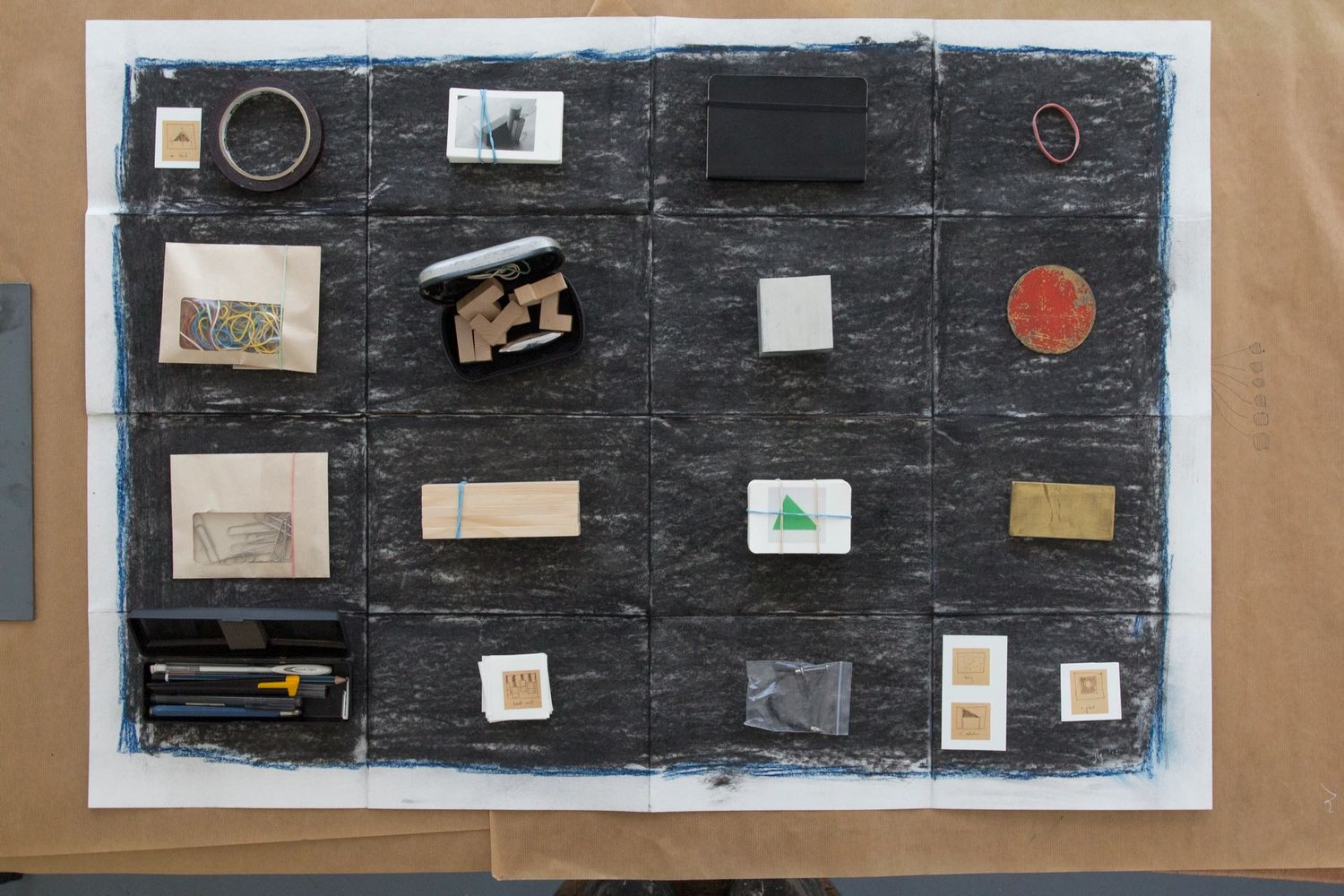Dead ends, wrong turns,
loops, cul-de-sacs, and thorough fares;
Rule-making, rule-following,
emergence, conversation, games and cartography.
The spaces between art and life,
between art and the way it’s spoken about.
The fabric of thoughts, the logic of memory,
thinking as doing.
In an interview for Audio Arts in 1983, John Cage asks his interviewer: “How do you feel about Wittgenstein saying that beauty has no meaning and it just means that it clicks with us, that is to say, we approve of it”. Cage then recounts Wittgenstein’s suggestion that one simply keep a ‘clicker’ in one’s pocket, mechanically making something beautiful by clicking.
For the past four years, Josh Ginsburg has been exploring such a ‘clicker’, experimenting with strategies to collect his private and mundane engagements with the world, archive these encounters and to put them on a collision course with one another. These experiments have made manifest the design and use of a complex dynamic digital archive for thoughts, notes and unrealized ideas. This evolving personal archive is constituted by around 35 000 digital fragments – text, image, video and audio – that he continues to collect or make on a day-to-day basis. The highly networked and idiosyncratically organized archive is employed as a tool for thinking and rendered public as performance cinema and performance presentation.
Ginsburg is interested in the architecture of his memory, and his tours are conceived as navigations through a labyrinth of thoughts: a visual articulation of a streaming consciousness. The tours are performed using both open source and custom-built software and form part of a broader project framed as Performance Cinema.
